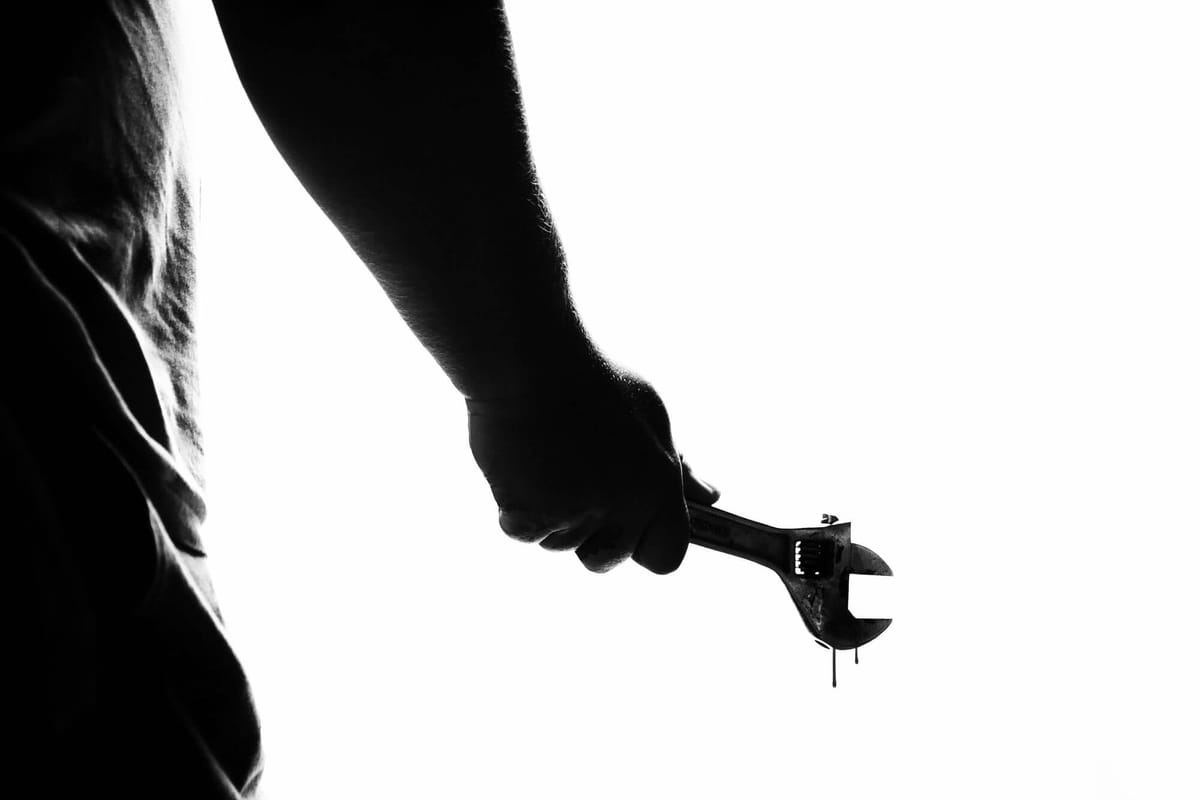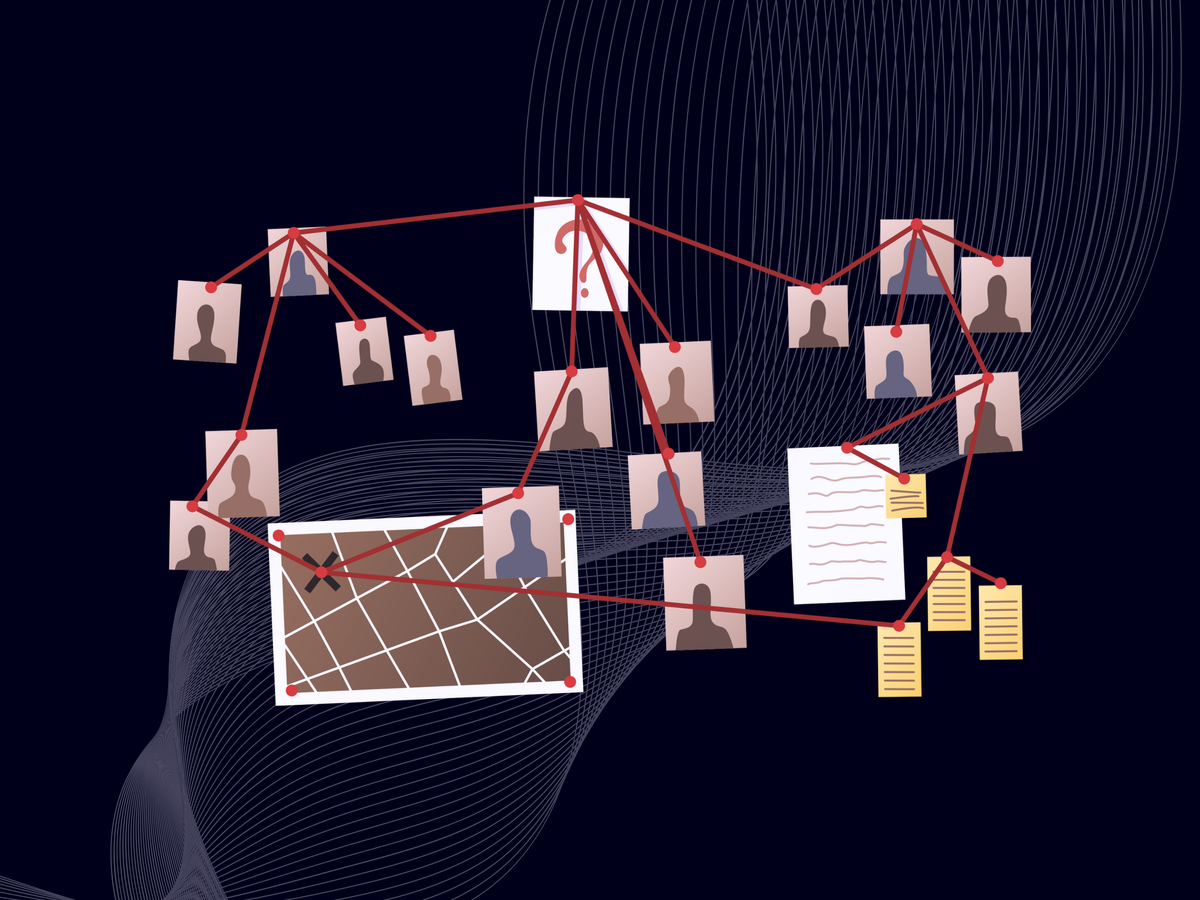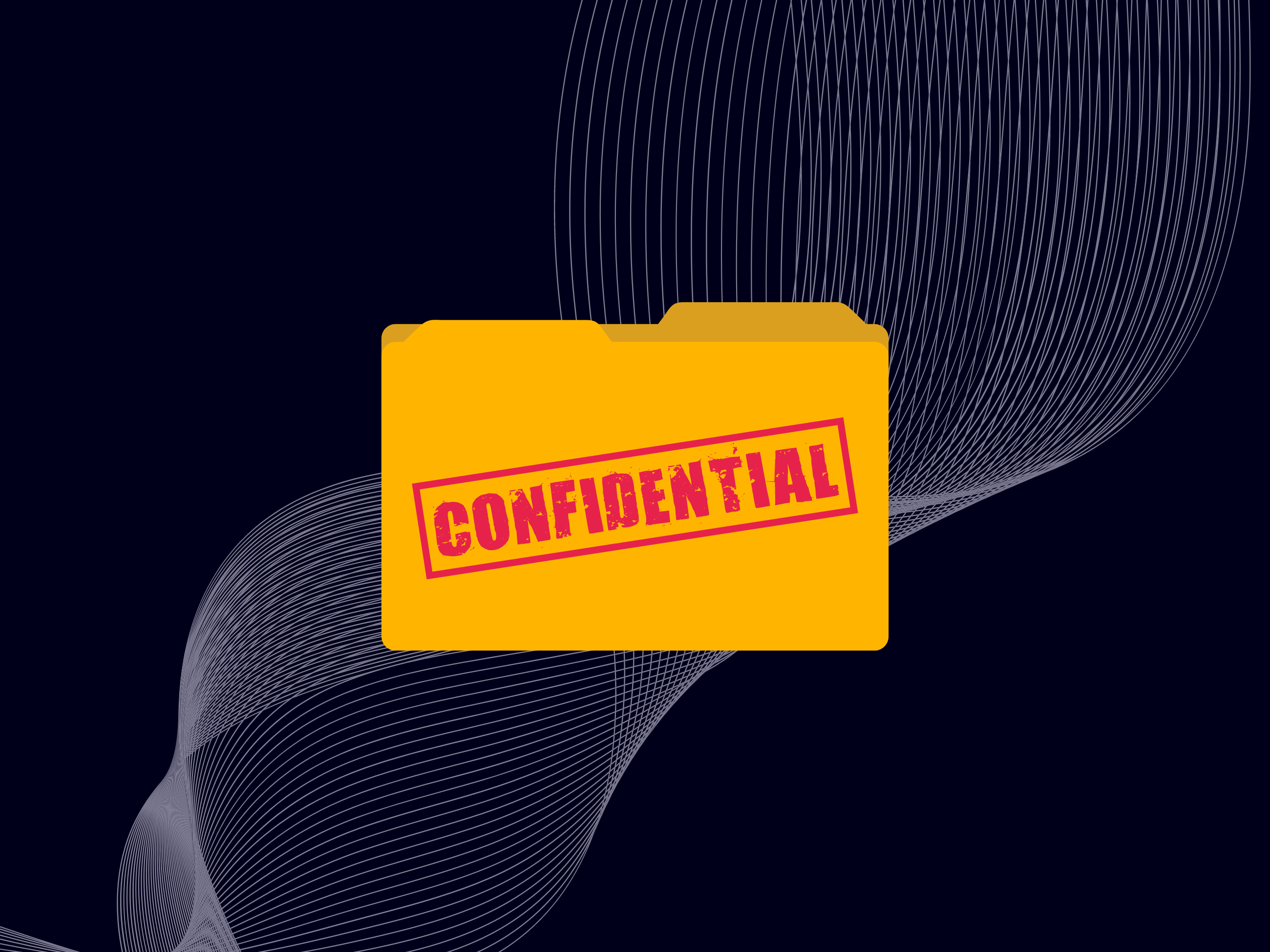The bitcoiner’s guide to physical security
Here's a reality check: You’re at home, relaxing, when a sharp knock on your door jolts you upright. Your mind races. Is it a friend? A delivery? Or could it be something darker? Someone who knows you hold bitcoin and wants it for themselves?
Holding bitcoin is powerful. It means true monetary freedom. But it also puts a target on your back. Unlike traditional bank accounts, there's no fraud protection, no insurance, no customer service to call if things go sideways. When you hold your own keys, your security is your responsibility. So how do you make sure a $5 wrench attack remains just a meme and not your reality?
The $5 wrench attack: Turning a joke into a defense strategy
The infamous $5 wrench attack is more than a clever comic strip. It's a real-world scenario. Instead of cracking your private keys through sophisticated hacks, a criminal could cut straight to the chase by threatening you with a cheap wrench. All the cyber security in the world won't matter if someone is at your front door, demanding access to your bitcoin.
So how do you avoid being an easy target? Make your bitcoin difficult to access. Using a multisig setup with keys stored in different locations ensures that even if you're under duress, you physically cannot comply quickly. The more hurdles an attacker has to jump over, the safer your funds are, because attackers seek to minimize the time during which they’re committing a crime and are more likely to be caught.

When organized crime puts you in the crosshairs
Not all attackers are amateurs. Some are part of organized crime rings that specifically target bitcoiners. These aren’t random smash-and-grabs. These are carefully planned heists. They might start by hacking your email, watching your online activity, or even following you around to learn your habits. When they strike, it’s because they believe the reward is worth the risk.
Your best defense is to fly under the radar. Keep your lifestyle low-key. That bitcoin bumper sticker? Lose it. Bragging about your crypto gains at parties? Not worth it. The less people know, the safer you are. Blending in isn’t just smart. It’s essential.

Make your home a fortress
Your home is your stronghold, and every layer of security you add makes it a harder target. It’s not just about locks and cameras. It’s about creating a perception that your home is not worth the hassle.
Start with reinforced doors, strong locks, and shatter-resistant windows. Add motion-activated lights, alarm systems, and security cameras. These aren’t just deterrents. They send a clear message to criminals: “Not this house.”
If possible, designate a safe room. It doesn’t need to be a high-tech bunker. Just a room with a solid door, a deadbolt, and a communication device. If things go south, you need a place where you can safely call for help and buy time.
Outside, physical barriers work wonders. Fences, gates, and even thorny bushes under windows add layers of difficulty. The more obstacles, the more likely a criminal will move on to an easier target.

The invisible armor of OpSec
Operational security (OpSec) is your best-kept secret. It’s not just about what you do. It’s about what others don’t know. The fewer people who know about your bitcoin, the safer you are.
Be cautious online. Avoid discussing your bitcoin holdings in public or sharing details on social media. Use encrypted messaging apps like Signal when communicating about your assets. And never, ever share your real-time location online. Posting that you’re on vacation isn’t just showing off. It’s advertising an empty home to potential thieves.
A multisig setup can also be a lifesaver. By distributing your keys across multiple locations, you make it impossible for an attacker to force you to give up your funds on the spot. The complexity alone might be enough to deter them.

What to do if you’re attacked
No amount of bitcoin is worth risking your life. If someone threatens you, compliance might be the safest option. If you’re using multisig, explain that you alone cannot sign a transaction. It could buy you critical time. Don’t rely upon a decoy or duress wallet to save you, as there are plenty of things that could go wrong in such a scenario.
Casa’s Emergency Lockdown feature is another powerful tool. With a single push, you can instantly shut down access to your wallet, making it nearly impossible for an attacker to steal your funds. After the threat is over, report the crime. Sharing your experience could prevent someone else from becoming a victim.
The bottom line: Be a hard target
Physical security isn’t just a luxury. It’s a necessity. Your goal is to create so many barriers for an attacker to overcome that targeting you isn’t worth it. Keep your home secure, maintain strong OpSec, and ensure your bitcoin setup can withstand both digital and physical threats.
With Casa’s multisig vaults, you can secure your bitcoin and your peace of mind. True financial freedom is only as strong as your security. Lock it down, stay vigilant, and incentivize criminals to look elsewhere.
Stay current with your protection
Our weekly Security Briefing is free to join. Sign up below for bitcoin security news, special offers, and other analysis delivered right to your inbox.




